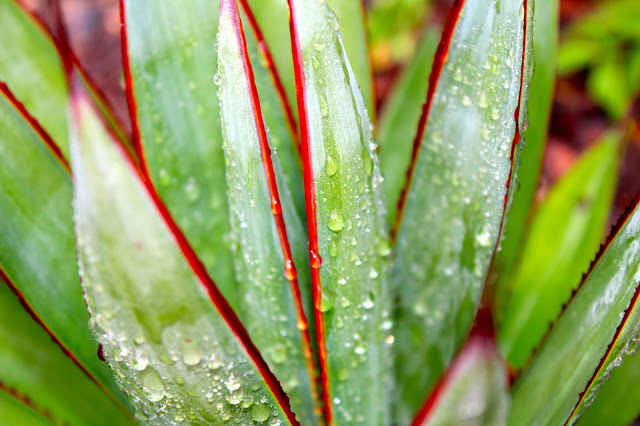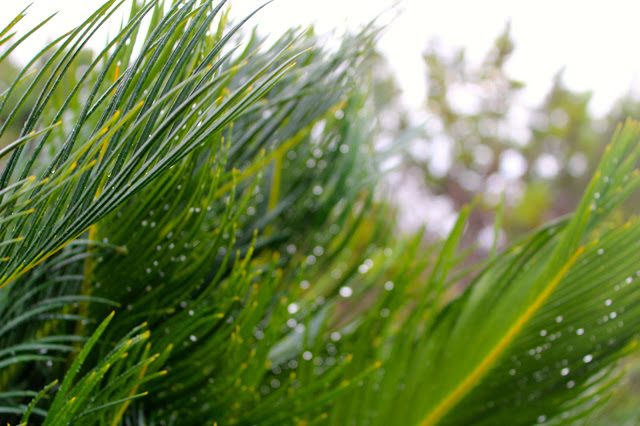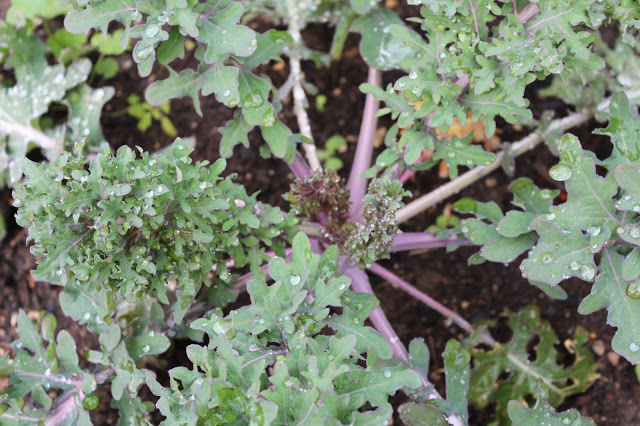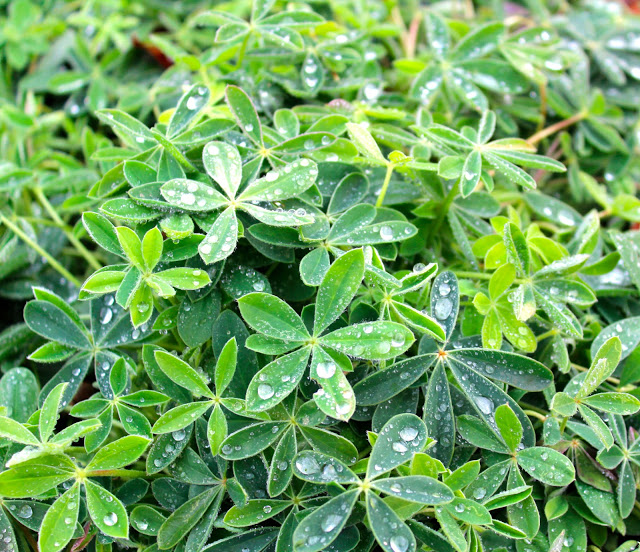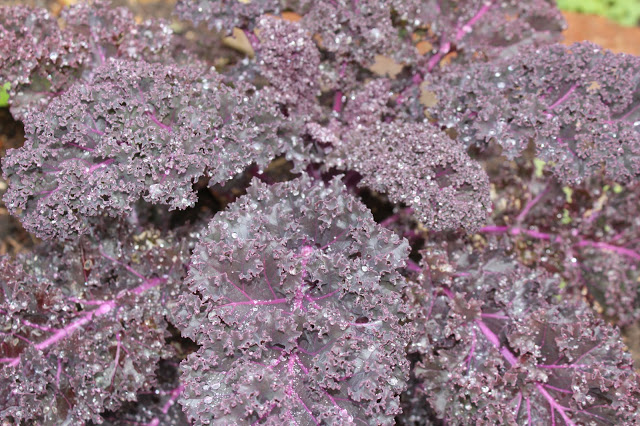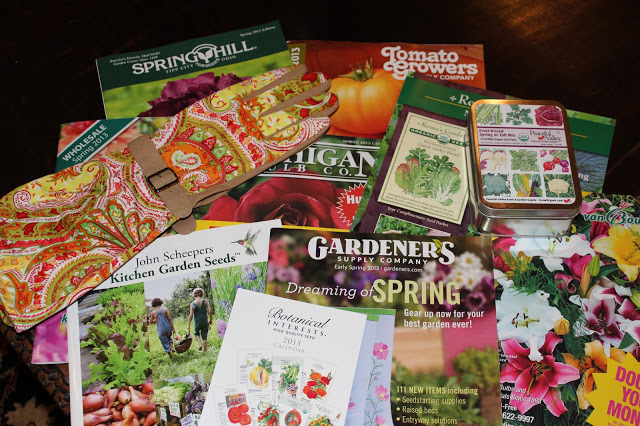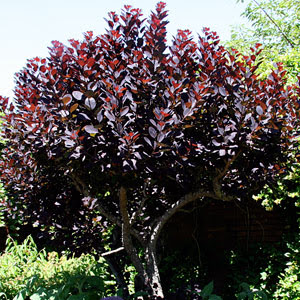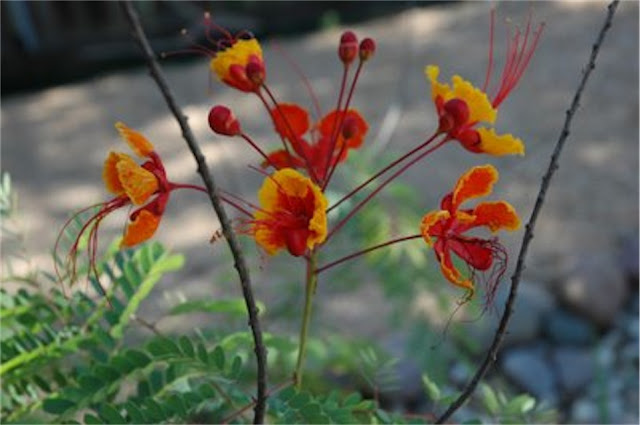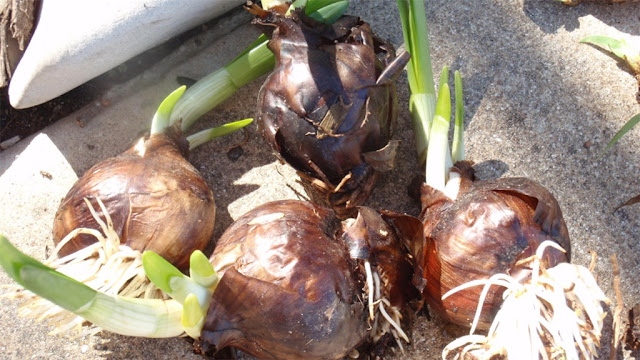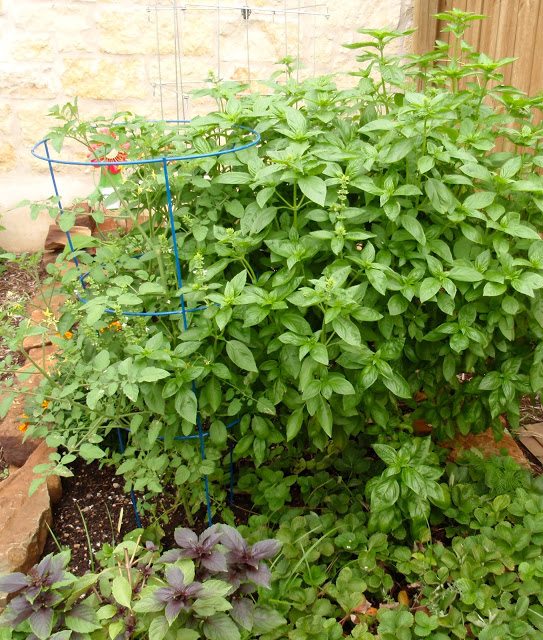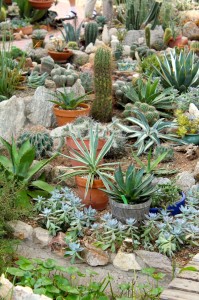Plant bare-root roses now for spring blooms

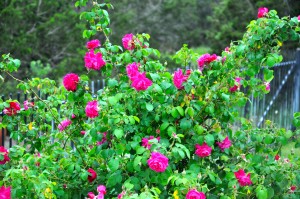 Even though it hit 83 degrees in Austin this week, it is now officially winter and that means it’s time to think about planting bare root roses for your spring garden. “Bare root” refers to the way the plants are shipped while they are dormant and doesn’t have anything to do with the different types of roses. Planting these roses now gives them time to develop a strong root system before they begin putting on foliage in the spring and prepare for the hot summer that surely lies ahead.
Even though it hit 83 degrees in Austin this week, it is now officially winter and that means it’s time to think about planting bare root roses for your spring garden. “Bare root” refers to the way the plants are shipped while they are dormant and doesn’t have anything to do with the different types of roses. Planting these roses now gives them time to develop a strong root system before they begin putting on foliage in the spring and prepare for the hot summer that surely lies ahead.
Getting started
If you don’t already have a rose bed started, it’s important to remember that roses need 6 full hours of sunlight to bloom well and thrive. A little bit of late afternoon shade would also be ok in our sweltering summers.
To ensure a good growing environment a raised bed is optimal so you can build up the bed with quality soil. Roses do best in a loose, loamy soil with good drainage. If you have hard or compacted clay soil, you can add sand or compost to the bed to loosen the soil. They don’t like to have wet feet. They are also susceptible to fungal diseases like black spot disease or powdery mildew, so it’s best to water them in the morning instead of at night and make sure they are planted where they have good air circulation.
Bare root roses are simple to prepare for planting. As soon as you bring them home, you should trim off any dead roots or stems. Then put them in a bucket of water for several hours to revive the roots. If you are not going to plant them in their permanent place, plant them temporarily in another part of the garden until their plot is ready. The roots should not be allowed to dry out.
The wax coating on the root tips is put on by the growers – don’t worry about it – it will wear off once you plant the rose.
Be sure to consider the size and growth habit of roses before you buy them. Many varieties can get quite large. My Maggie roses, for example, are significantly taller than I expected them to be at full maturity. But I bought them for their amazing scent and now there are just more roses to scent the air. Personally, I only buy very fragrant roses – it is the feature I love most about roses. Other traits to fall in love with include size, shape, growth habit color…the list goes on and on.
There are many different types of roses – floribunda, grandiflora, climber, shrub and landscape, hybrid tea and miniature.
Floribunda
Developed in the last century, Floribundas are bushy shrubs with showy blossoms and they set clusters of blooms (from three to as many as 15) on a stem.
Hybrid Tea
These are the most popular roses – tall, long-stemmed beauties perfect for cutting. They usually have only one flower to a stem. They are often focal points in landscape design and many varieties are fragrant.
Grandiflora
A cross between a floribunda and a hybrid tea, grandifloras are tall and regal and they bloom over and over throughout the season. The have clusters like hybrid teas.
Shrub & Landscape
Shrub roses have a natural disease resistance, grow in a wide variety of climates and require less care and pruning thanks to their compact growth habit. They flower prolifically over a long period of time.
Climber
Climbing roses produce long, arching canes with flowers all along the cane. They can be trained to grow up a fence, trellis or any other kind of structure.
Antique Roses
Antique roses are generally considered roses that were introduced before 1867 and the development of the first modern hybrid tea roses. Antique rose rustlers and collectors consider most roses more than 75 years old to be antique – with the shared characteristics of beautiful fragrance, ease of cultivation and disease resistant. Many of these roses were gleaned from old cemeteries or abandoned estates where they thrived with little or no care for years and years. Hybrid tea roses often lack the fragrance of antique roses, but on the other hand modern hybrid tea roses come in a vast array of stunning colors, while antique colors are more subtle.
How to plant bare root roses
Bare root roses are made up of the rootstock and the flowering canes. Where those two parts join is called the graft union, and should be planted just above ground level here in Central Texas. Dig the hole just deep enough so the graft union will be at the correct level and wide enough to let the roots extend without bending. Partially refill the hole with the soil you removed and make an inverted cone of soil over which to spread the roots. Holding the rose at the right height, fill the hole with soil. When it’s almost full, water all around to allow the soil to settle. Then finish filling the hole, making a well around the rose and water again. Be sure to apply a nice layer of mulch all around the rose, but keep it a few inches away from the canes so that you don’t cover up the graft union.
Selecting the right rose will require a little research since there are so many from which to choose. Be sure you know your size requirements or limitations, how much time you have for pruning and care, and what characteristics are most important to you in a rose.
Local independent nurseries can help you select roses that are disease resistant, drought tolerant and prolific bloomers. There are many heirloom roses and “Earth Kind” varieties (tested by A&M and proven to be tough enough to thrive in our Central Texas weather and soil conditions). Big box stores will have large shipments of bare root roses, too, but you’ll have to do your research and be careful to ensure the varieties they offer are appropriate for our climate.
Diana Kirby is a Landscape Designer and Garden Coach. She writes a garden blog at https://www.dianasdesignsaustin.com and can be reached at http:/www.dianasdesignsaustin.com.

